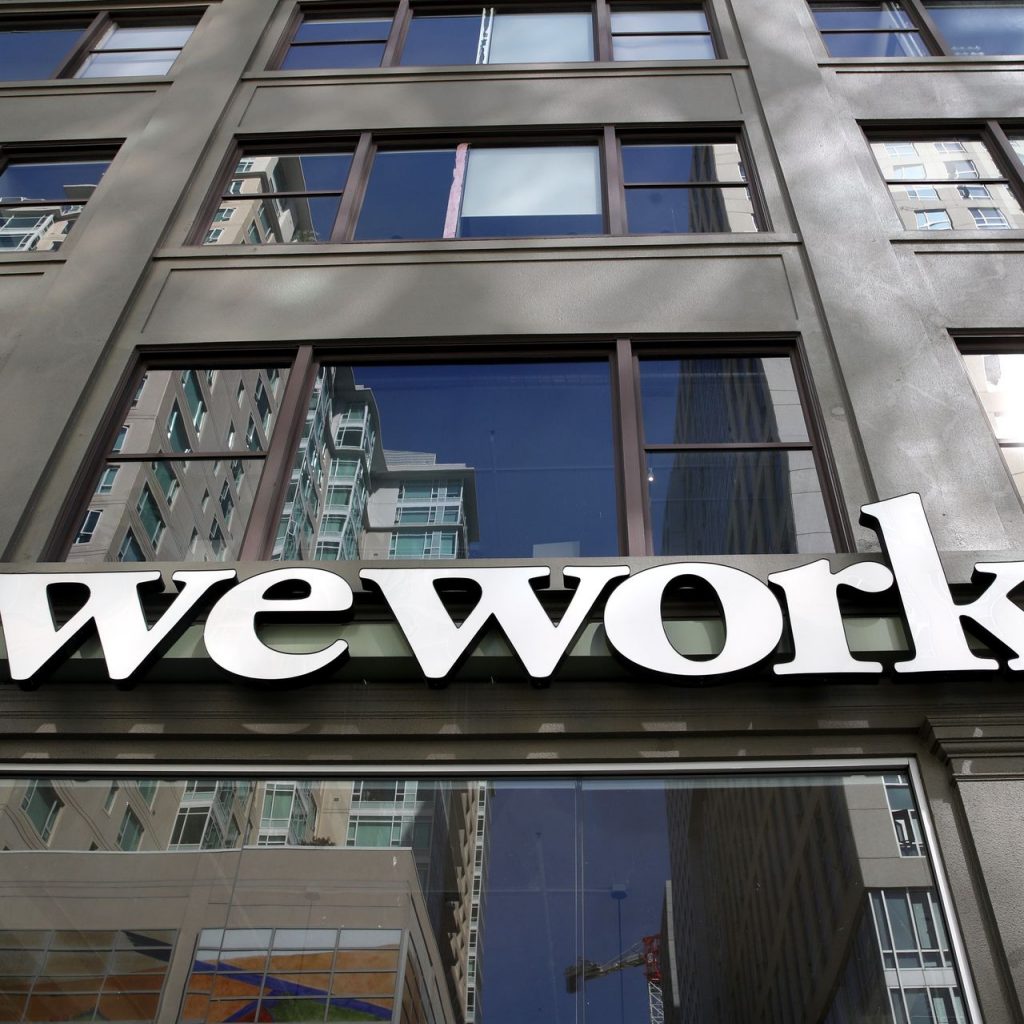Part of the Great American Dream is to own real estate, and the more of it, the better.
Owning residential property such as your own home usually makes strong financial sense. There are definite tax advantages, pride of ownership, and something to pass along to your children.
But investing in commercial real estate is a completely different animal, a business that requires years of experience and much more capital than most people realize.
Purchasing low-risk Class A commercial real estate requires a lot of money – $10 million, $30 million, $50 million or more – and smaller, private buyers end up trying to compete with the big players like insurance companies, institutional investors, and professionally managed REITs.
The differences between A, B, and C class properties vary slightly from market to market, but in general Class A buildings are of newer construction, offer state-of-the-art amenities, are managed by investment professionals, and are occupied by publicly-held national, name-brand tenants. Class B property is older and tenants are a mix of regional and mom-and-pop businesses, while Class C properties are the oldest of all, usually in less desirable areas, and are rented to small local tenants such as smoke shops, tattoo parlors and hair salons.
With this in mind it’s easy to see why the REITs and institutional investors only buy the best of Class A property – they represent less of an investment risk and a greater cash flow, IRR and overall ROI when the acquisition and eventual sale are properly leased and managed.
This is also why most smaller commercial real estate investors are left with no other choice but to invest in the lower Class B and C properties. Investments that offer only a higher risk of failure, less desirable tenants and functionally obsolete construction.
Here are three common mistakes that small, private investors make when buying commercial real estate:
Mistake #1
Assuming that if a property can be financed it must be a safe deal
Just because financing can be arranged for a property doesn’t mean it should be purchased.
Many private investors make the mistake of believing that if a bank will give them a loan to buy an office building, retail center, multi-family property or an industrial warehouse, then it must be a good deal. Otherwise why would the bank make the loan?
While a lender doesn’t want to see a loan go bad, their main concern is getting their money back whether the investor does or not. That’s why institutions that offer commercial financing typically require 25% – 30% down payments with a loan term of only 3 – 5 years.
If the real estate market is down or the property doesn’t generate the anticipated cash flow, the bank will simply refuse to renew the loan or offer terms so outrageous that the small investor is forced to sell, often times at a loss.
The bank wins and the investor loses.
Mistake #2
The small investor believes they can outsmart the market
Private commercial real estate investors are eternal optimists, and believe that they can find opportunity and value that’s been over looked by everyone else. For example, if the market CAP rate for office property is 5%, they believe that with their investing acumen and management skill they will be able to achieve a return of 10%, 20% or even more.
The reality is that in today’s commercial investment market there is so much capital looking for a return that any deal a private investor can find has already been turned over dozens of times by the sophisticated players . . . and rejected for good reason.
Mistake #3
Private investors have no idea why they bought what they did
There are big, big differences between investing in office, retail, multi-family and industrial property. The operating expenses are different, the tenant personalities vary dramatically, and each property type follows a different market cycle.
The truth is that almost all small investors buy what they did because all the good investments have already been picked over by the institutional investors and the REITs.
Now, the purpose of this article is not to talk people out of pursuing their Great American Dream by investing in commercial real estate.
But it’s important for investors to make a prudent assessment of each and every investment in their portfolio, and to explore all of the options in owning income producing commercial real estate. More and more investors are considering investing in REITs and Investment Funds as an intelligent alternative to direct ownership of commercial real estate.
That’s why TwinRock Partners has formed the Rock Fund VII. With our company’s proactive management, aggressive marketing and leasing, we can maintain and improve the performance of purchased properties and fully capitalize on future rent and pricing growth.




